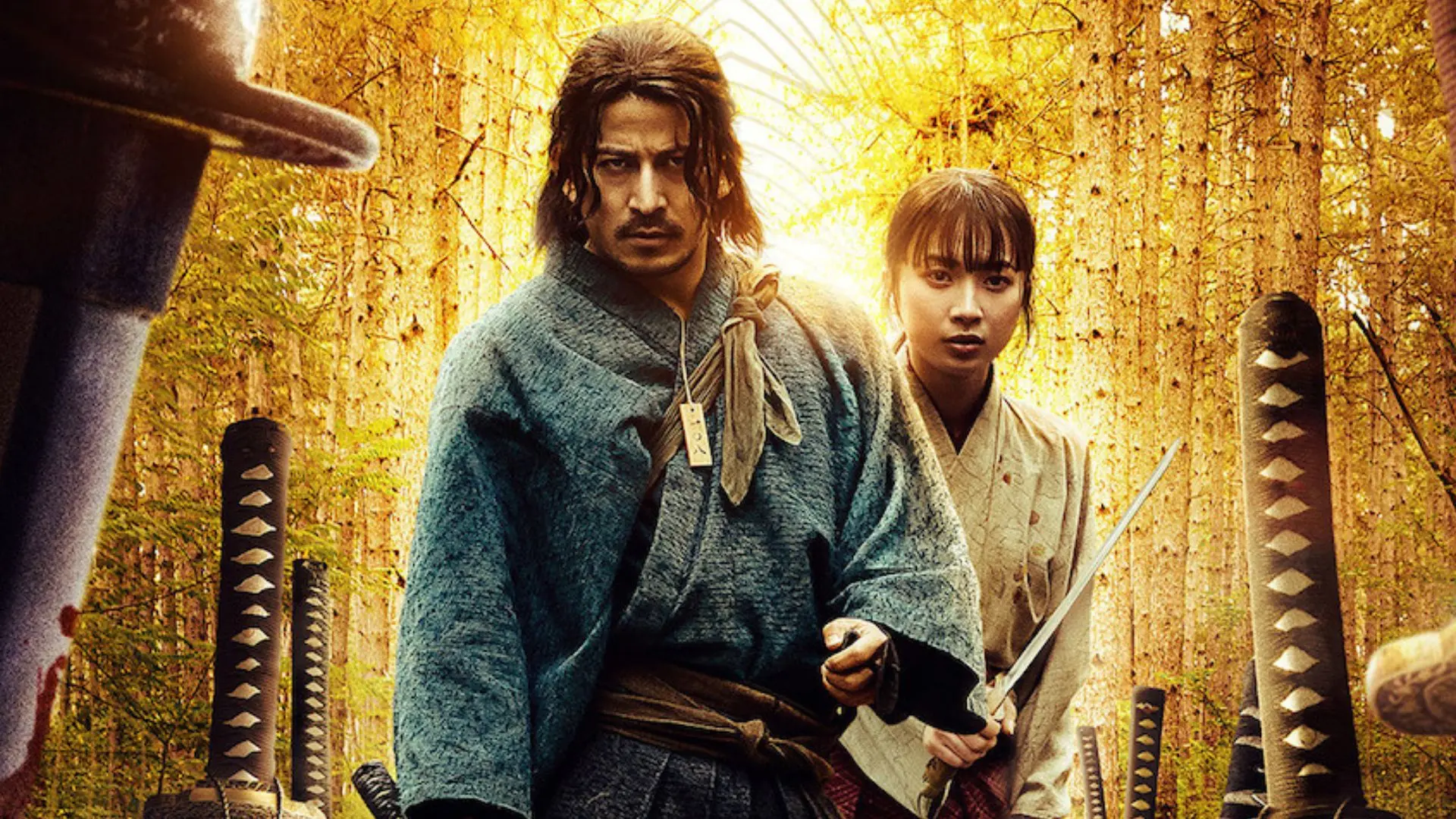Is Last Samurai Standing based on a true story?
-
 A scene from Last Samurai Standing (Image via Netflix)
A scene from Last Samurai Standing (Image via Netflix)Last Samurai Standing, created by Kento Yamaguchi, Michihito Fujii, and Risa Yashiro, is a historical action drama series that released on Netflix on November 13, 2025. It tells the story of Shujiro Saga, a samurai in the Meiji Era in late nineteenth century. A peace-loving family man with wife and child, he gets in trouble when his family falls ill and he needs money for their treatment.
At that time, an event is hosted at Tenryū-ji Temple in Kyoto after sunset, bringing together 2029 samurai. It is announced each of them has the opportunity to win ¥100,000. All they need to do is reach the city of Tokyo alive, while killing each other to eliminate competition. In his desperation, Shujiro Sag decides to enter the contest.
While it is set in real historical context, the events of Last Samurai Ending is not based on true events. The characters are a work of fiction, and the story is adapted from a historical fiction novel by Shogo Imamura.
Nevertheless, the series has received high praise from both critics as well as general audience. On the film and television rating website Rotten Tomatoes, Last Samurai Standing has been certified 100% ‘fresh,’ while the audience score stands at 96%.
Last Samurai Standing is based on which book?
Last Samurai Standing originates from Ikusagami, a bestselling historical fiction novel by Naoki Prize–winning author Shogo Imamura, with illustrations by Katsumi Tatsuzawa. The story was later adapted into a manga beginning in December 2022, serialized across four volumes in Kodansha’s Morning, a well-known seinen magazine.
Netflix began developing the live-action version that same year, with Imamura fully endorsing the project. He praised the adaptation for its additions, noting that the changes heightened the suspense and delivered a level of visual impact unique to film.
The idea to adapt the novel came from Shinichi Takahashi, Netflix Japan’s director of live-action creative and a fan of the book, who approached Junichi Okada to star in and produce the series. Okada enlisted acclaimed filmmaker Michihito Fujii, with whom he had previously worked on Hard Days (2023).
Fujii found the novel particularly resonant, observing that its themes of ideology, fate, and survival echoed contemporary experiences, especially during the Covid-19 era. He was also drawn to its blend of dramatic tension and game-like storytelling, admitting it was a concept he would never have imagined on his own.
Historical markers seen in Last Samurai Standing
The battle scenes Last Samurai Standing are insane. pic.twitter.com/ZWfBI9b3No
— Netflix (@netflix) November 15, 2025Last Samurai Standing offers a story that captures the atmosphere of the samurai’s decline during the Meiji era, but the plot itself is fictional. The series draws heavily from Shōgo Imamura’s 2022 novel Ikusagami, illustrated by Katsumi Tatsuzawa, which blends imaginative elements with real historical context.
The narrative weaves in several rich historical markers that ground its fictional death-game premise in real Meiji-era Japan. The show opens in 1878, just a decade after the Boshin War and the fall of the Tokugawa shogunate, marking the end of the Edo Period and the beginning of rapid modernization under the Meiji Restoration.
Central to its plot is the Kodoku, a poison-making ritual inspired by Japanese folklore which involved putting many bugs in a jar and letting them kill each other until only one survived. Thus has been repurposed in the series as a brutal competition where former samurai fight for survival while traveling the historic Tōkaidō route from Kyoto to Tokyo.
The tournament kicks off at Tenryū-ji, a real Zen temple in Kyoto, and the checkpoints follow decades-old shukuba post towns, once vital rest stops for travelers. Adding historical weight, the series also references the cholera epidemic of the era, with Shujiro Saga’s wife and child being likely victims. The disease contributed to the desperation of its displaced samurai characters, rendered jobless at the time by the Meiji government’s abolition of their class’s privileges.
Check in for more news and updates from the world of films and television shows.
TOPICS: Last Samurai Standing true story, Netflix, Last Samurai Standing